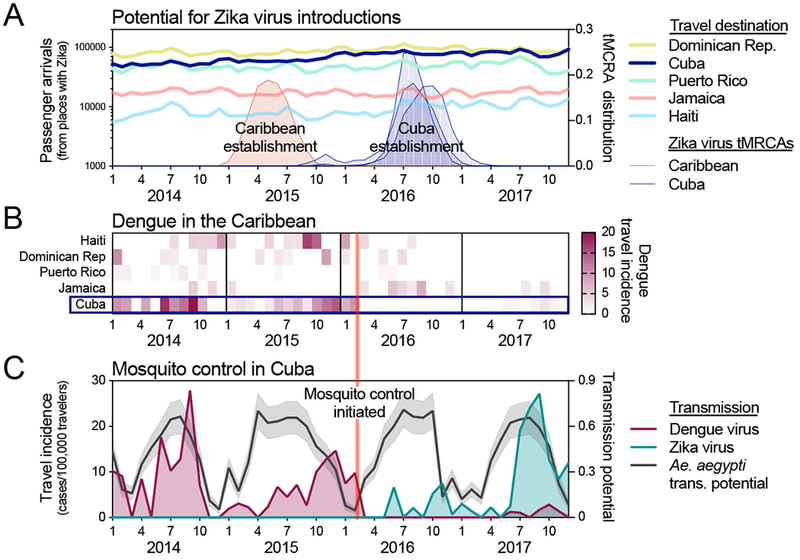Figure 5. Aggressive Aedes aegypti control may have delayed Zika outbreak in Cuba.

(A)The potential for Zika virus introductions was assessed by total airline passenger arrivals into each of the listed countries per month from 2014-2017 coming from regions in the Americas known to support local Zika virus transmission (excluding the continental United States because the outbreaks were relatively small), along the distribution of likely establishment times (i.e., tMRCAs) of the initial (known) Zika virus establishment in the Caribbean (tMRCA January - September, 2015) and three separate establishments in Cuba (tMRCAs March, 2016 - February, 2017). (B) Monthly dengue virus travel incidence rates (travel cases/100,000 travelers), as reported by the FL-DOH, for Cuba and other large Caribbean Islands were shown to compare Ae. aegypti-borne virus outbreaks. (C) Analysis of dengue and Zika virus incidence, Ae. aegypti transmission potential, and the timing of a reported vector control campaign were used to investigate the delayed Zika outbreak in Cuba. Monthly dengue and Zika virus travel incidence rates (travel cases/100,000 travelers), as reported by the FL-DOH, and relative Ae. aegypti-borne virus transmission potential, determined by a temperature-sensitive model (Mordecai et al., 2017) and monthly temperature from Havana, Cuba, were used to judge the impact of the aggressive Ae. aegypti mosquito control program that was reported to have begun in Cuba during February, 2016. News reports of Zika and dengue cases and the mosquito control campaign in Cuba are summarized in Supplemental File 4. The data used for this figure can be found in Supplemental File 1.
